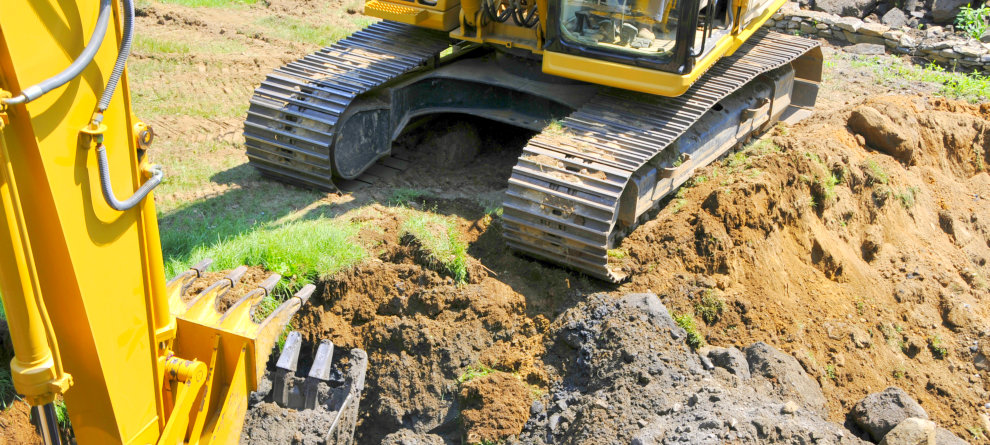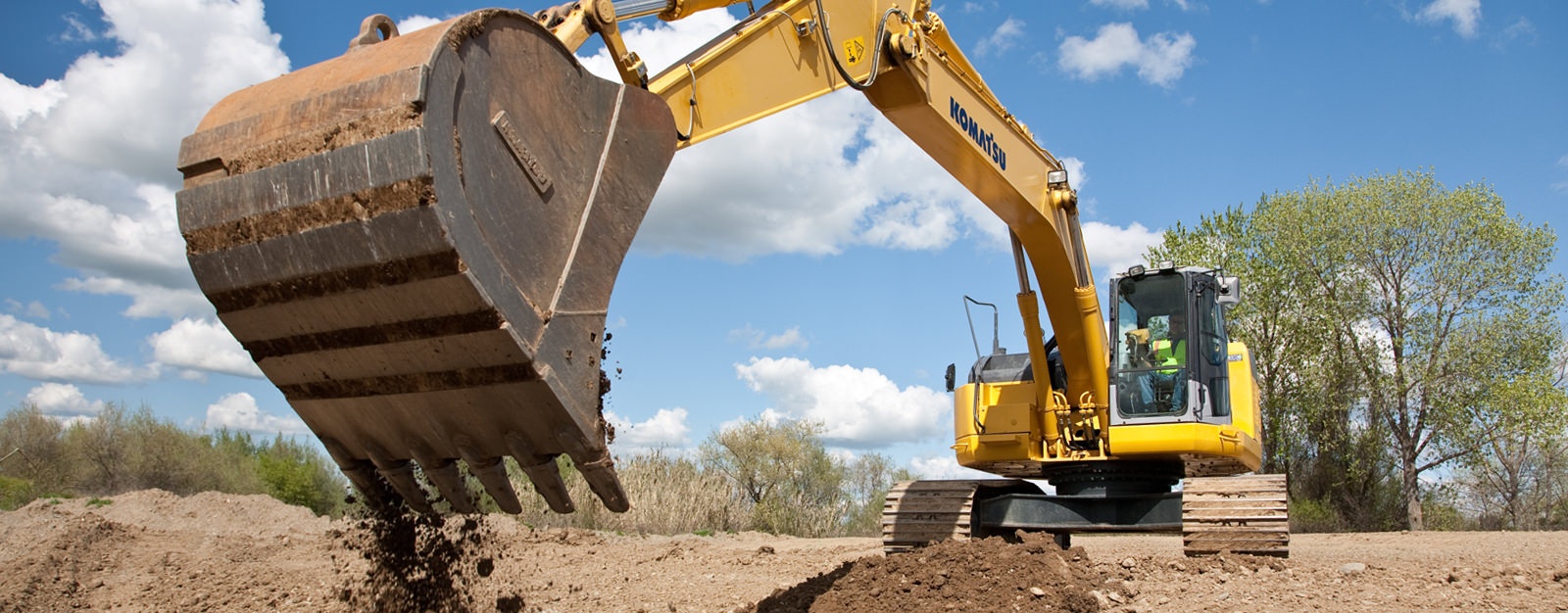Excavating Ohio - Top Excavation Contractors for Ohio Projects
Excavating Ohio - Top Excavation Contractors for Ohio Projects
Blog Article
Extensive Exploration: The Scientific Research Behind Superior Excavation Practices
The realm of excavation techniques is a domain name where scientific research links with craftsmanship to discover the mysteries hidden underneath the planet's surface. From ancient hand devices to contemporary hydraulic excavators, the development of excavation methods has been a testimony to human resourcefulness and technical improvements. What truly establishes remarkable excavation techniques apart is a deep understanding of geological concepts, coupled with the utilization of innovative tools and methodologies. By exploring the scientific research behind these techniques, we can discover the secrets that lie below our feet and appreciate the precision and proficiency that go right into every dig.
Advancement of Excavation Methods
Throughout background, the evolution of excavation methods has actually played an essential function beforehand building and construction practices and archaeological discoveries. From the rudimentary devices utilized by our ancestors to the sophisticated machinery employed in modern-day times, the progression of excavation methods has significantly changed exactly how we approach numerous jobs.
In ancient times, manual labor with standard tools such as wheelbarrows, shovels, and pickaxes was the main technique of excavation. This labor-intensive process limited the depth and extent of excavations, frequently leading to sluggish development and limited accessibility to specific websites. However, as people progressed, so did the tools and methods made use of for excavation.
The Industrial Change marked a turning factor in excavation exercise with the introduction of steam-powered equipment. This advancement changed the area, enabling faster and a lot more extensive excavations. In modern times, innovation plays a crucial duty in excavation, with innovations like GPS systems, drones, and 3D scanning enhancing accuracy and performance in the field. The development of excavation methods remains to shape the way we develop, explore, and comprehend the world around us.
Duty of Innovation in Excavation

The assimilation of innovative innovation has actually essentially revolutionized the area of excavation, improving accuracy and effectiveness to unmatched degrees - lancaster excavation. One of the key technological advancements that has actually significantly affected excavation practices is the utilization of GPS systems.
Moreover, the arrival of 3D modeling and simulation software application has structured the planning process for excavation projects. Designers and operators can currently imagine the entire excavation process prior to damaging ground, recognizing prospective challenges and optimizing process. In combination with this, the application of drones in excavation activities has helped with aerial studies, volumetric dimensions, and site inspections with unparalleled rate and precision.
Geological Concepts in Excavation
An understanding of geological principles is important for guaranteeing the architectural honesty and security of excavation sites. Geological aspects play a vital function in figuring out the expediency and security of excavation projects (septic ohio). One vital geological principle to consider is the sort of dirt or rock present at the website. Various soil kinds, such as clay, crushed rock, or sand, have differing degrees of stability and call for different excavation methods. For example, natural dirts like clay may require added support to avoid collapses, while sandy soils may be prone to disintegration during excavation.
By conducting extensive geological surveys and evaluation, designers and excavators can develop approaches to minimize dangers and make sure the successful conclusion of excavation tasks. Eventually, including geological principles into excavation techniques is crucial for attaining risk-free, efficient, and lasting results.

Newest Devices for Excavation
In see page the realm of excavation techniques, contemporary technologies in devices have actually reinvented the efficiency and precision of excavation processes. One of the most current devices making waves in the market is using drones outfitted with advanced imaging technology. These drones can offer comprehensive aerial surveys of excavation sites, using real-time data on topography and prospective hazards. This information help in better preparation and decision-making throughout the excavation process.
Another cutting-edge tool obtaining popularity is the execution of 3D printing modern technology for developing custom-made excavation tools. This enables for the production of specialized tools that are customized to the details requirements of a task, enhancing efficiency and decreasing downtime.
In addition, advancements in materials scientific research have led to the development of more powerful and much more check over here durable excavation devices. excavating ohio. Tungsten carbide-tipped excavator accessories, for example, offer exceptional efficiency in challenging ground problems, boosting efficiency on-site
Science's Influence on Excavation Practices

Additionally, advancements in products scientific research have actually resulted in the production of stronger, extra resilient excavation tools and tools. For example, using composite products in diggers and shovels has actually improved their performance and longevity, eventually raising efficiency on excavation sites. Furthermore, clinical research study on soil technicians and geotechnical engineering has supplied beneficial insights into soil habits, enabling excavation professionals to make informed decisions regarding excavation approaches and soil stablizing techniques. Generally, scientific research remains to drive technology and enhancement in excavation methods, making excavation tasks more efficient, affordable, and sustainable.

Conclusion
To conclude, the advancement of excavation strategies has been significantly influenced by improvements in modern technology and a much deeper understanding of geological principles. The most recent devices and tools utilized in excavation have actually enhanced effectiveness and precision in the field. The application of scientific understanding has significantly improved excavation practices, bring about more effective and sustainable techniques for excavating different kinds of materials.
In the realm of excavation practices, modern innovations in devices have revolutionized the efficiency and accuracy of excavation processes. By see post leveraging scientific principles, the excavation industry has actually been able to significantly enhance efficiency, accuracy, and security in excavation processes. GPR enables excavation teams to non-invasively check and map subsurface frameworks, energies, and potential risks, allowing them to plan excavation jobs with higher precision and decreased risk of accidents.
Additionally, clinical research on dirt technicians and geotechnical engineering has actually offered important understandings into dirt behavior, allowing excavation experts to make educated decisions pertaining to excavation approaches and dirt stabilization strategies. Generally, science continues to drive advancement and improvement in excavation methods, making excavation tasks extra efficient, affordable, and lasting.
Report this page